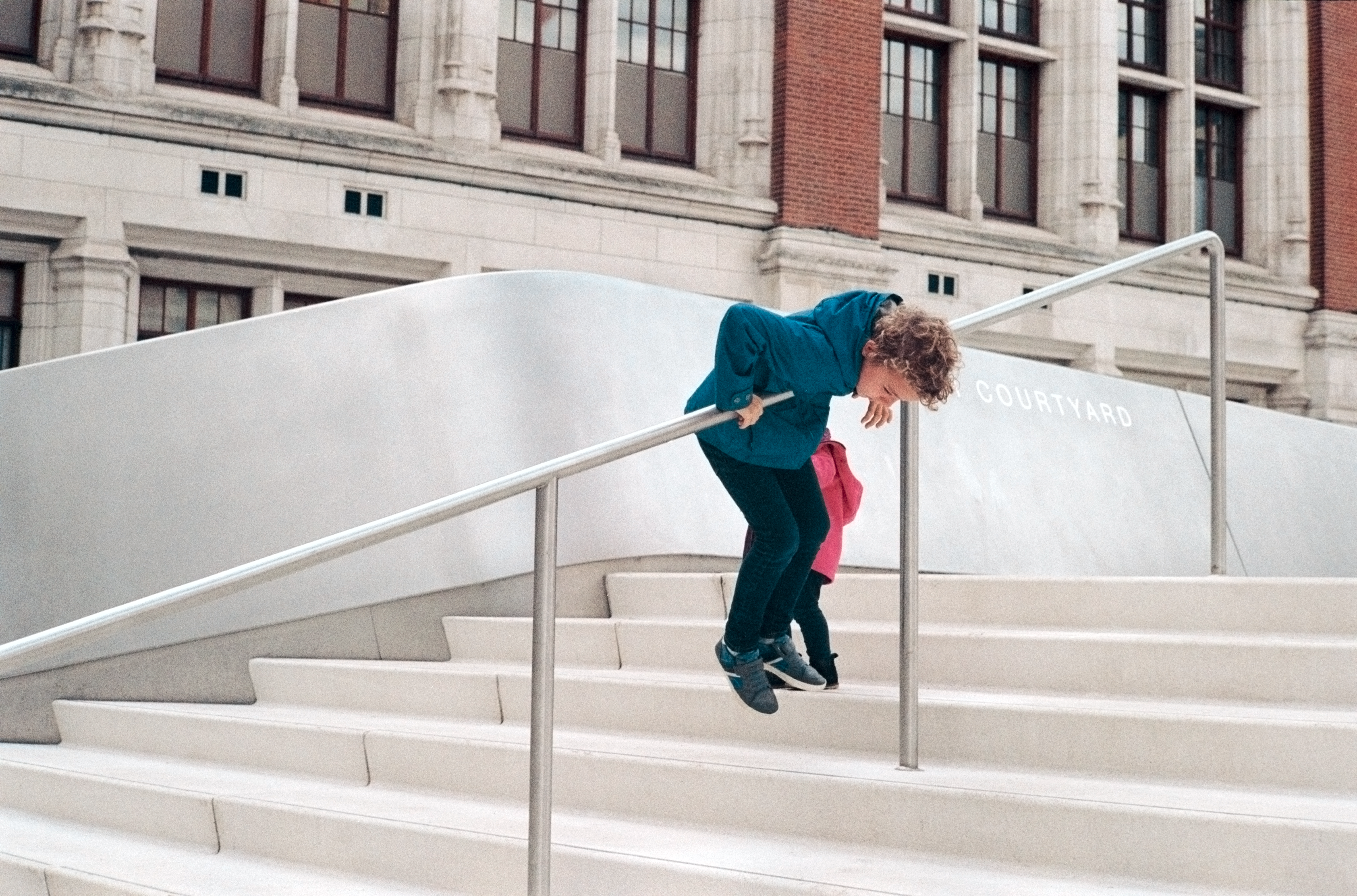 Upon entering Fabrica, an alternative art exhibition space in the heart of Brighton, I was initially overwhelmed by the vast scale of the building and its eerie atmosphere. As a converted Church, it is an unusual exhibition space, and this gives the visitor a taste of what is to come: the installations that take place encourage visitors to go out of their comfort zone and challenge their way of thinking.
Upon entering Fabrica, an alternative art exhibition space in the heart of Brighton, I was initially overwhelmed by the vast scale of the building and its eerie atmosphere. As a converted Church, it is an unusual exhibition space, and this gives the visitor a taste of what is to come: the installations that take place encourage visitors to go out of their comfort zone and challenge their way of thinking.
Their latest exhibition, Melanie Menchot’s ‘The Gathering’, which consists of two films exploring the nature of crowds, diversity and individuality, is no exception. Sussex University psychologists John Drury and David Novelli teamed up with Fabrica to celebrate the power of the crowd during this current exhibition. The videos cover themes addressed in studies by Dr Novelli in his work at Sussex: the role of shared identity in bringing people together in crowded places, and the role of shared action in bringing a physical gathering psychologically together.
The first film, entitled ‘Celebration (Cyprus Street)’, shows footage of a neighbourhood assembling in London’s East End for a group portrait at a celebration. The crowd builds up to form a diverse scene of residents of all ages, genders and races coming together as one. Menchot successfully blends a curious mix of the raw, natural behaviour of people at a celebration, with the staged nature of portraiture. Scenes of children fidgeting and playing whilst waiting for the photograph to be taken, mothers adoringly holding their babies, and elderly women linking arms to prop each other up compile to present a touching snapshot of human nature. Yet there is a false undertone to it all.
The smiles for the photographs are a little too fixed, the scene is a little too sugar-sweet to be completely authentic, and the multi-cultural message, where some of the crowd adopt costumes from different cultures to their own, seems a little forced. The community spirit and jubilation shown for the photograph disperses as soon as the crowd does, and the film ends with a shot of a nearby residential street; a depressing reminder of the reality that is ordinary, suburban life.
Her second film, simply called ‘Walk’ is more clearly designed as a performance, and sees over 1,000 children travelling from their schools to a square in Hamburg and forming an orderly formation with one direct, if unknown, purpose in common. It again explores the behaviour of children in a crowd, with some children seen to be fidgeting and fighting, others rolling their eyes with boredom, and others playing up to the camera with broad smiles or determined stares.
Here Menchot cleverly plays with switching from greyscale camera images, with a distant crowd scene shown, to colour, with close up shots of the children. This effectively explores the relationship between crowd and individuals within, and the voyueristic nature of the viewer. This film is powerful in that it focuses on the capability of the crowd on achieving a shared goal, and explores the nature of this objective as the sole uniting force in a group of multi-aged, multi- racial and multi-gendered people.
But it is also fairly frustrating: it is long and tedious, and the viewer is never shown what the purpose of the crowd is, which leaves an certain unsatisfaction when you leave. The exhibition is certainly worth seeing; it is free, the staff are friendly and approachable, and the exhibition space is stunning. The films certainly make you think, and are in some cases beautifully shot and moving, but I couldn’t help feeling that they could have been stretched further, and questioning the age old question of whether this arguably mundane documentary footage really constitutes art.




